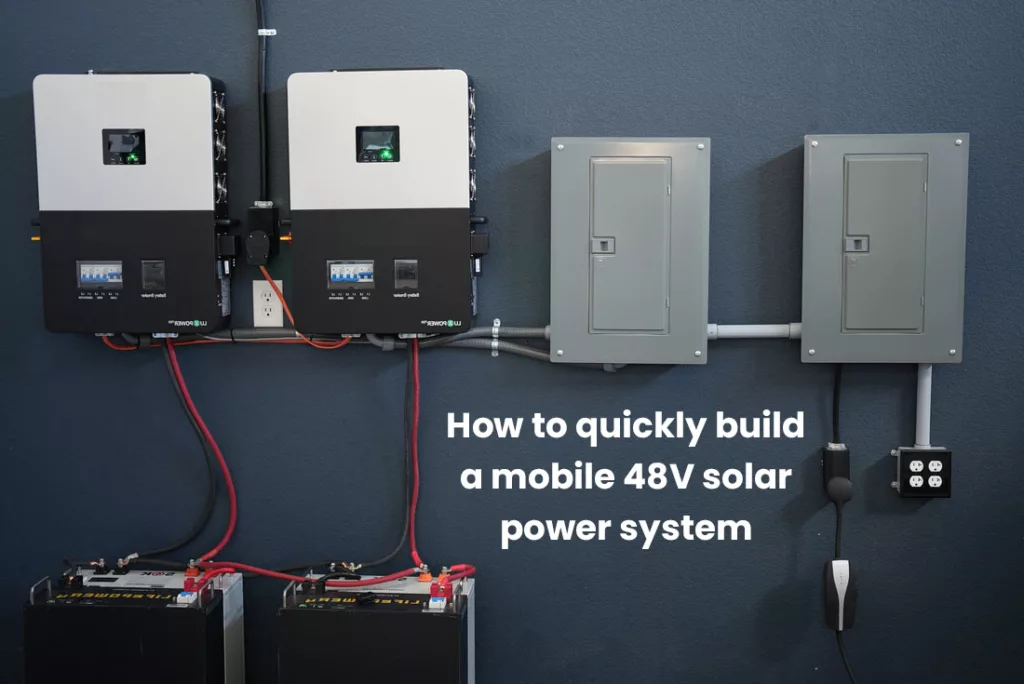Powerwall’s high cost stems from advanced lithium-ion battery technology, precision engineering, and rigorous manufacturing standards. Despite the expense, it offers renewable energy storage, backup power during outages, and sustainability benefits. While initial investment may be steep, alternatives like lead-acid batteries or smaller-scale systems provide budget-friendly options for energy independence.
The cost breakdown of a Powerwall unit
Breaking Down the Cost of a Powerwall:
- Advanced Technology: Incorporating lithium-ion batteries with high energy density and long lifespan contributes significantly to the cost, along with ongoing R&D by Tesla.
- Manufacturing Precision: Precision engineering, stringent quality control, and high-quality materials like aluminum casings elevate production expenses.
- Distribution Expenses: Shipping heavy units over long distances adds to the overall cost.
Despite the initial expense, investing in a Powerwall brings several benefits:
- Renewable Energy Storage: Store excess electricity from sources like solar panels for later use, reducing reliance on grid power.
- Backup Power: Provides reliable backup power during outages or emergencies, offering peace of mind.
While a new Powerwall may be costly, exploring secondhand options or alternative solutions can make energy independence more accessible to budget-conscious homeowners. Overall, the long-term advantages justify the investment for many seeking sustainability and energy independence.
Factors that contribute to the high cost of Powerwall
Factors Contributing to Powerwall’s High Cost:
- Advanced Battery Technology: Lithium-ion batteries with high energy density and longevity require costly materials like cobalt and nickel.
- Innovative Design and Engineering: Tesla’s extensive R&D investment ensures efficient and compact systems, driving up production costs.
- Manufacturing Expenses: Maintaining quality control during mass production and rigorous testing contribute to higher manufacturing costs.
- Distribution and Installation: Professional installation by certified technicians adds to expenses, ensuring safe integration but increasing overall cost.
- Economies of Scale: As demand grows, prices may decrease over time due to increased production volume and efficiencies.
While Powerwall’s initial cost may seem high, considering its long-term benefits like reduced grid reliance and potential savings can justify the investment.
Comparing Powerwall to other energy storage options
When considering energy storage, the Powerwall competes with various alternatives.
- Lead-Acid Batteries: Affordable but short lifespan and maintenance-intensive.
- Lithium-Ion Batteries: Similar to Powerwall, with varying sizes and capacities, offering high energy density and longer lifespans.
- Pumped Hydro Storage: Uses excess electricity to pump water uphill for release during peak demand, effective but site-dependent.
- Flywheel Systems: Offer fast response times but limited capacity compared to batteries.
Each option has trade-offs in terms of cost, capacity, and suitability for specific needs. It’s crucial to evaluate individual circumstances before choosing an energy storage solution.
The benefits of investing in a Powerwall despite its cost
Investing in a Powerwall offers significant benefits despite its initial cost.
- Energy Control: Powerwall enables you to manage energy usage and reduce reliance on the grid by storing excess solar energy for nighttime or peak demand periods.
- Resilience: During power outages, Powerwall acts as a backup, ensuring uninterrupted power supply to essential appliances, crucial for areas prone to blackouts or natural disasters.
- Sustainability: By storing and efficiently using renewable energy, Powerwall contributes to reducing carbon emissions, aligning with sustainable living practices.
- Cost Savings: Utilizing stored solar energy during high electricity prices or peak demand periods leads to long-term savings on utility bills.
Owning a Powerwall enhances self-sufficiency and resilience, with future price reductions making the investment more appealing over time.
Alternative solutions for those on a budget
Discover budget-friendly alternatives to the Powerwall for achieving energy independence without overspending.
- Traditional Lead-Acid Batteries: Despite lacking advanced features, lead-acid batteries offer affordability and reliability for storing excess solar energy and providing backup power during outages.
- Smaller-Scale Battery Systems: Opt for multiple smaller capacity batteries instead of a single Powerwall unit to meet storage needs gradually while staying within budget constraints.
- Energy-Efficient Practices: Evaluate and reduce overall energy consumption by adopting energy-efficient habits such as using LED lighting, upgrading appliances, and implementing smart home technologies.
In conclusion, while alternatives to the Powerwall may involve some compromises, they offer viable options for achieving sustainable living within budgetary constraints. By combining cost-effective storage solutions with energy-saving practices, individuals can move towards greater self-sufficiency without breaking the bank.
Conclusion: Is Powerwall worth the investment?
Considering the benefits and costs, investing in a Tesla Powerwall depends on individual needs and priorities. It provides reliable backup power, independence from utility companies, and potential long-term savings through time-of-use pricing. Moreover, it aligns with environmental goals. However, the high upfront cost may not be feasible for everyone. Alternative solutions like smaller battery systems or solar panels without storage can offer backup power and sustainability at a lower investment.


